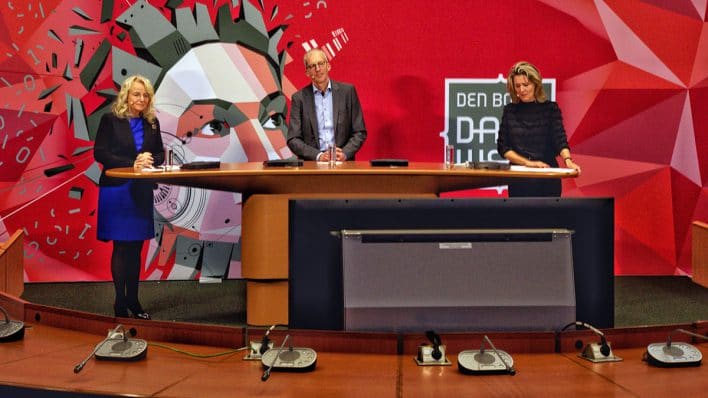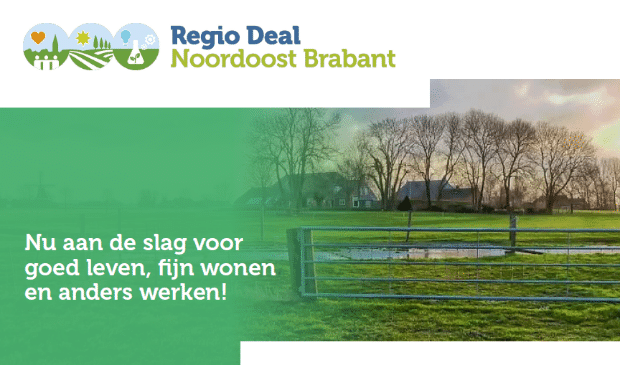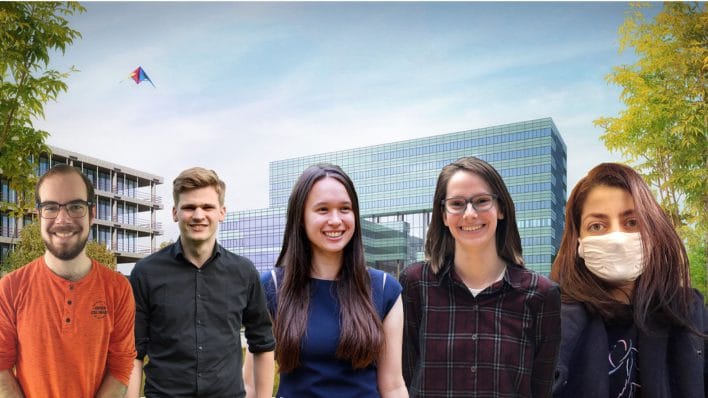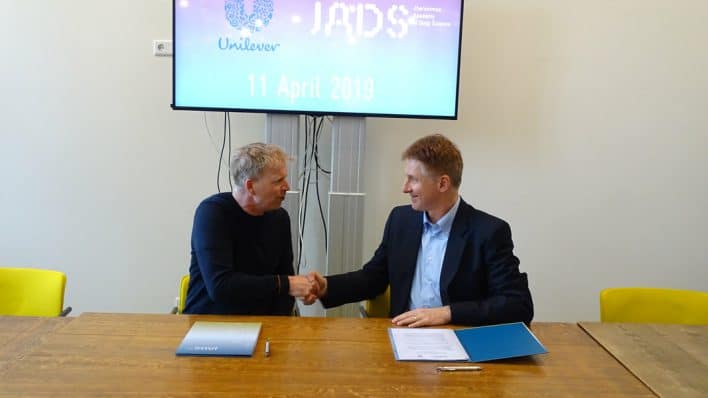Data-driven sustainable food production is all about asking the right questions
Posted onAlongside Crime & Safety and Social & Digital Entrepreneurship, AgriFood & Nature is the third ‘application area’ at JADS. We asked Jakob de Vlieg, Professor of Applied Data Science at Eindhoven University of Technology and the lead of the AgriFood & Nature application area at JADS, to tell us about the latest developments in data science in this field.
Jakob explained that the system currently used for producing, processing and trading food has passed its use-by date: “We need to switch from an unsustainable food system to a healthy, circular and resource-efficient paradigm. Change is vital if we are to continue to provide sustainable food for a growing population. The world population is set to rise to around 9 billion in 2050, which means that food production will need to increase by 70% by the same year.”
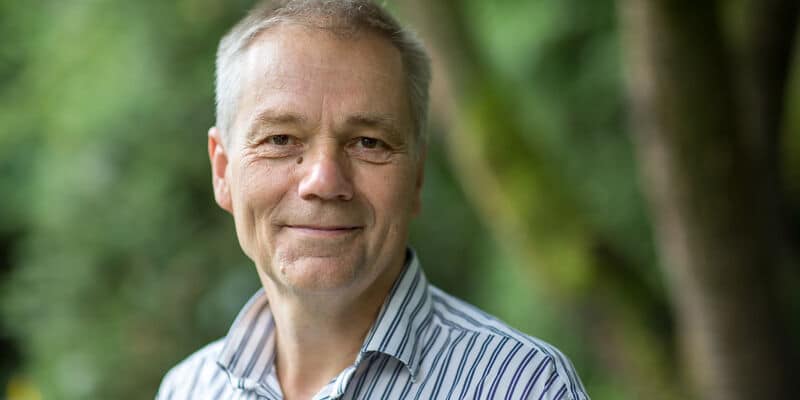
Jakob de Vlieg
Why do we need to improve the food production chain?
“The growing world population isn’t the only reason why it’s so important to produce food sustainably. You’ve also got to bear in mind factors like the availability of water, agricultural land and energy, as well as the impact of climate change. And then there’s the issue of waste: on average, 30% of the world’s food production goes to waste. That’s a massive amount, and it varies of course from one part of the world to another. In short, there’s plenty of scope for improving the food production chain. That’s where data science comes in: integrative data science and smart AI solutions are needed to fix the current system.”
What role can data science play?
First of all, a sustainable world needs sustainable, smart and flexible food chains. Food chains must be flexible in order to take account of the changing face of healthcare, nature conservation and environmental degradation. This means, for example, processing and selling food locally, close to the source. Why? Primarily in order to reduce the need for transport and hence the volume of emissions. But doing so requires a totally new mindset.
Jakob de Vlieg: “The protein transition is a good example of one of the problems facing us at the moment. How can we produce sufficient protein in an efficient manner? We could start by looking at the opportunities offered by insects and vegetable proteins.”
“We can use data science and artificial intelligence not just to integrate and reverse the value chain, but also to optimise – and connect – all the various stages of the food value chain. Our ongoing Internet of Food (INoF) project is a good example of this: we are developing data science solutions and digital infrastructure for sharing data and food models among organizations, so as to speed up innovation in the food sector and reduce costs. Model development is expensive and data science solutions can bring food actors together to transform the way we prepare ingredients and processes.”
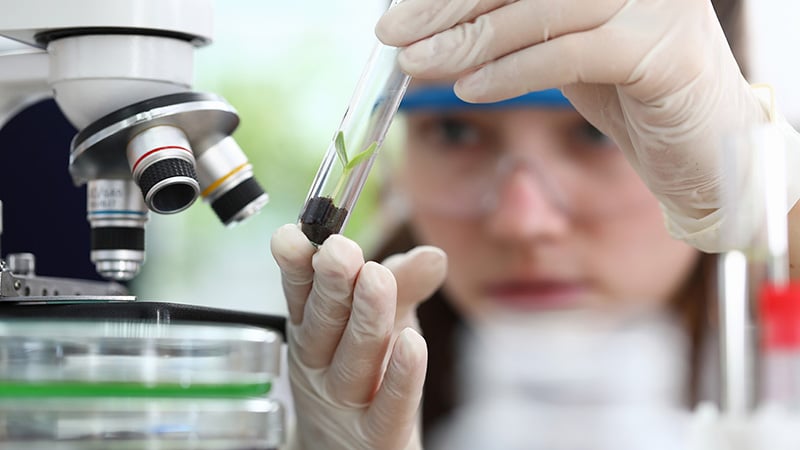
Where does JADS come into all this?
Jakob de Vlieg: “Today’s problems need to be tackled by people who are not just experts in their own fields, but also highly skilled connectors. Here at JADS, we understand the fields we’re dealing with, we’re familiar with the challenges and we know how to solve them. We’re impact-driven, in other words. It’s all about keeping track of developments and making sure that people operating in a given field can benefit from advances made in other fields. In our case, this means training data scientists who not only know something about data, but also understand the fields in which the data in question need to be used. In short, we need a new type of scientist: translational researchers who are capable of translating scientific findings into practical applications. Our ultimate objective is to become a top scientific institute for data-driven sustainable food production.”
How does this work in practice?
“One of our ongoing projects is the IMAGEN project funded by NWO research. It’s all about developing advanced computer vision, data science and artificial intelligence systems to improve the health and welfare of pigs and laying hens, and reduce the ecological footprint of food production. In another NWO-funded project, we’re investigating the opportunities presented by next-generation data science, vision and sensing systems for optimizing animal breeding processes.”
“In a third project, we’re looking at what data science can offer ‘vertical farming’. We’re working in close collaboration with the Signify GrowWise Center on the High Tech Campus in Eindhoven. The GrowWise Center is trying to develop smarter and more sustainable ways of growing vegetables for urban populations. The closed environment of a vertical farm allows us to control a large number of variables such as light, humidity and temperature. The team working on this graduation project are exploring the use of advanced data science and multiple computer vision approaches to identify the best environmental settings for specific plants. The ultimate goal is to monitor plant growth automatically in a non-destructive way.”
From apple trees to chicks
Three theses recently presented by master’s degree students illustrate JADS’s unique combination of impact-driven science and close collaboration with local businesses. Jari Rijnen and Merel Ypinga both worked on projects for a fruit cooperative called FruitMasters: Jari designed a predictive model for translating complex data into actionable knowledge – in this case, algorithms for predicting ground parameters based on drone views of apple trees. The aim is to make more efficient use of labour and allow the trees to be maintained more sustainably. Merel, for her part, looked at the classification of apple quality (which is the ultimate determinant of the prices paid to growers), connecting and analysing data from different sources to improve quality measurement models and identify new value creation opportunities. Finally, Dennis Janssen used a data-driven approach to identify opportunities for improving the hatchability and liveability of chicks.
Jakob de Vlieg: “You can’t get the right answers without asking the right questions. Pertinent questions from society and business are now triggering top-level fundamental research, resulting in breakthroughs at the interface between science and society, and fostering an active dialogue between the two.”
